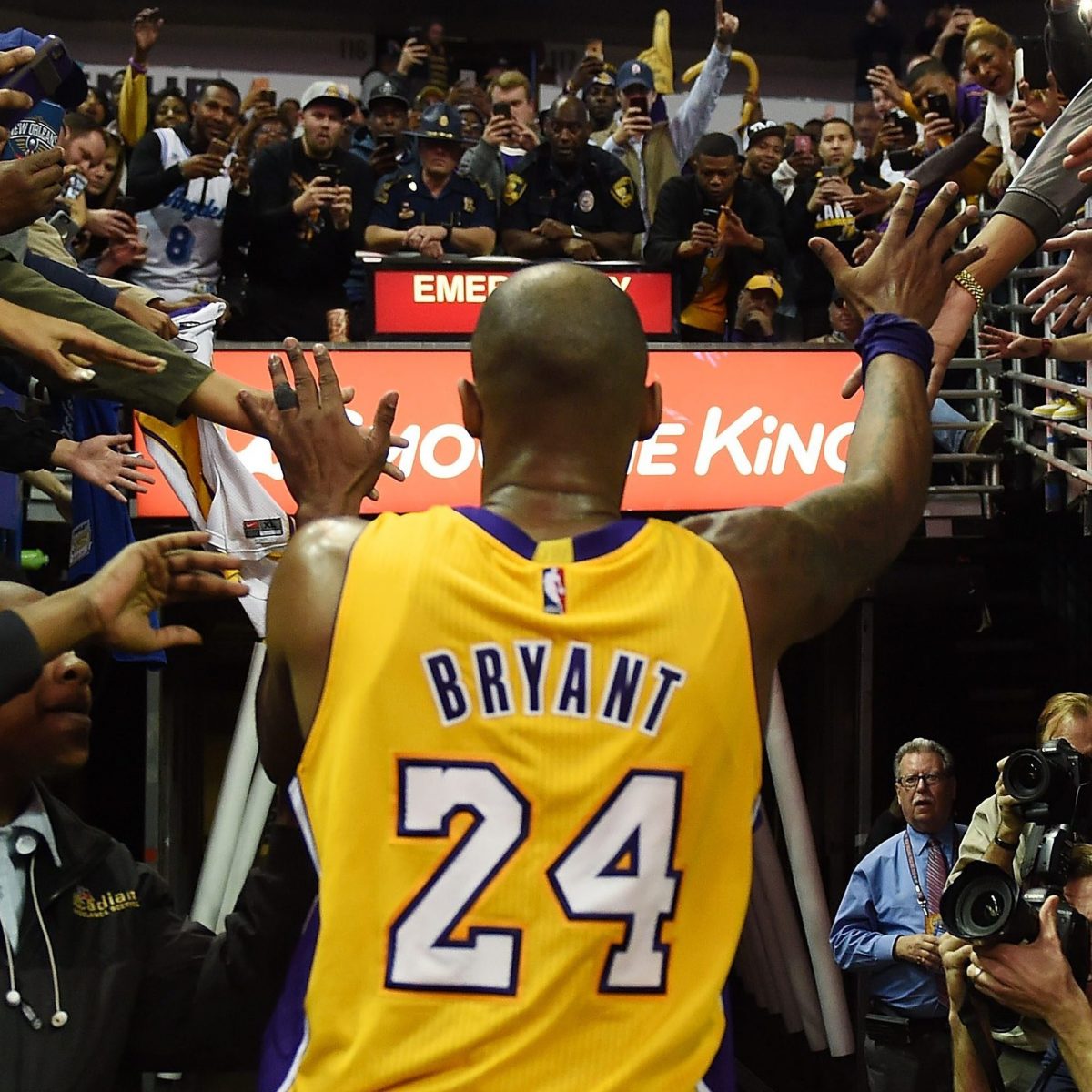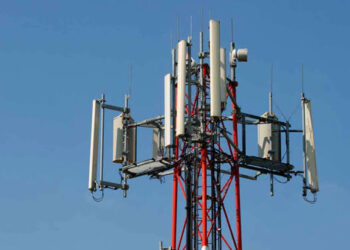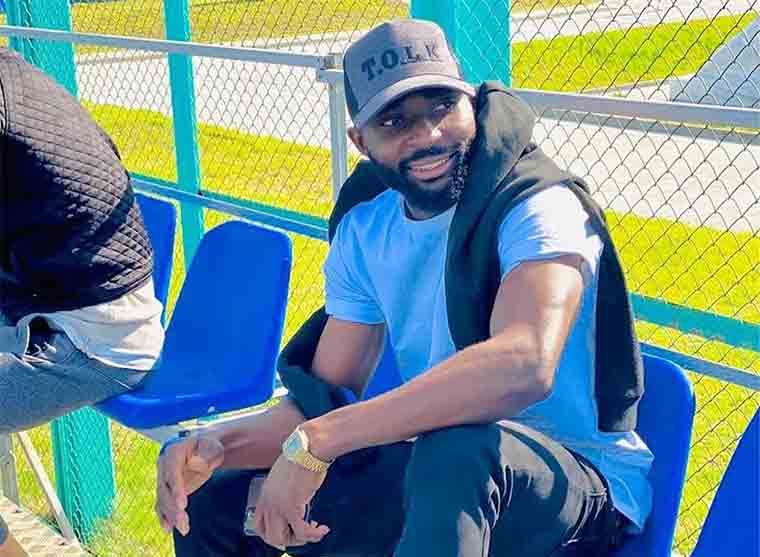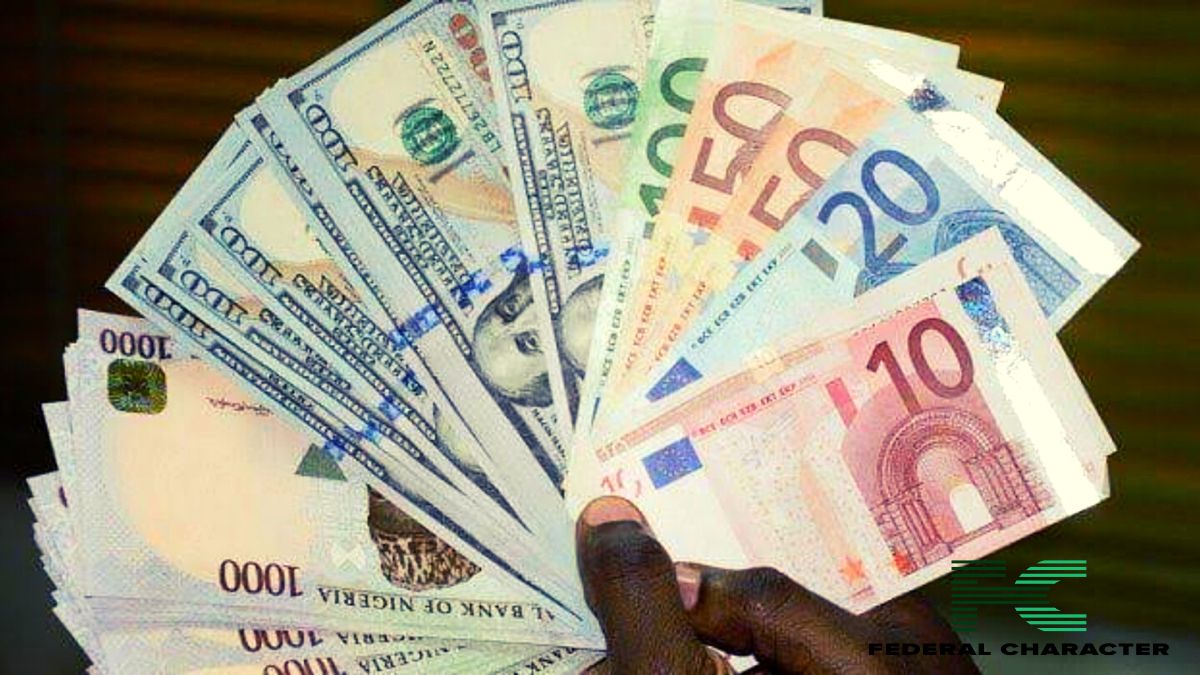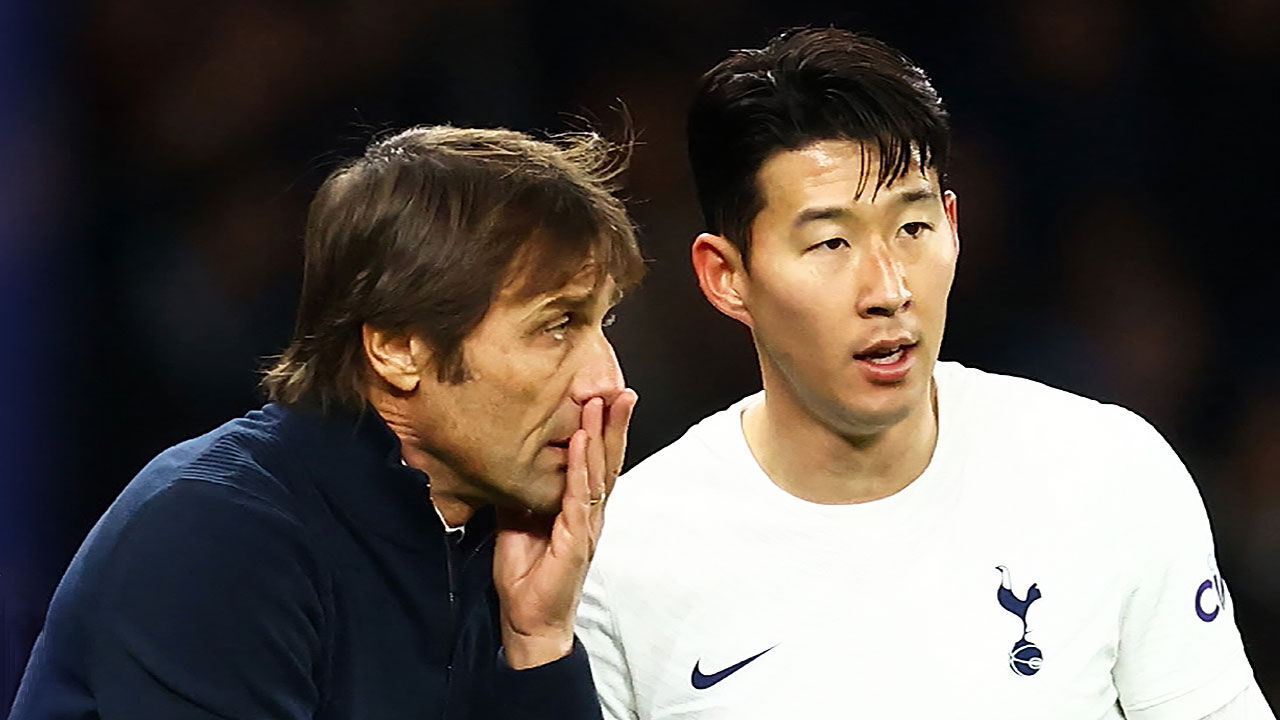On the 75th anniversary of the National Basketball Association (NBA), I thought to write about something most probably never thought they needed, or did you? Well here we go! A part of your brain unlocked. Let’s go!
From Wilt Chamberlain, to Kareem Abdul Jabbar. Michael Jordan to Allen Iverson. Kobe Bryant to LeBron James, and even to rapper J. Cole – no pun intended! – having a nice at the recently concluded Basketball Africa League (BAL), the game of Basketball in America, for as long as most have grown to know it, is one of the most black dominated institutions in the entire country.
But this has not always been the case.
Here’s the story.
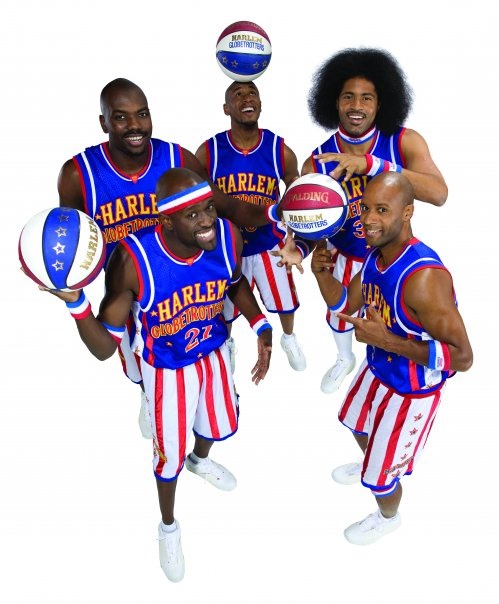
The origins
Basketball has been played as a leisure sport across cities in the United States long before there was any sort of organized leagues or championships like the NBA, WNBA or NCAA.
James Naismith, a white Canadian-American educator with a Scottish background is credited with inventing the sport in December of 1891.
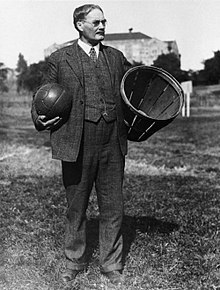
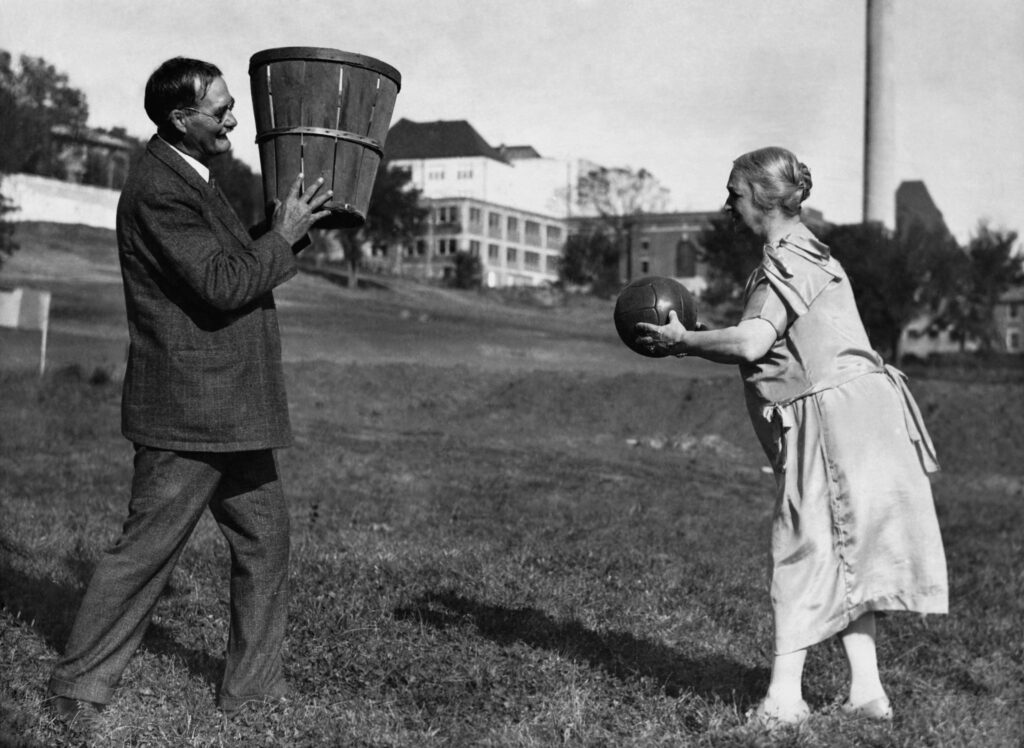
It did not take long before it made its debut in YMCA’s around the Springfield area of Massachusetts, the following year
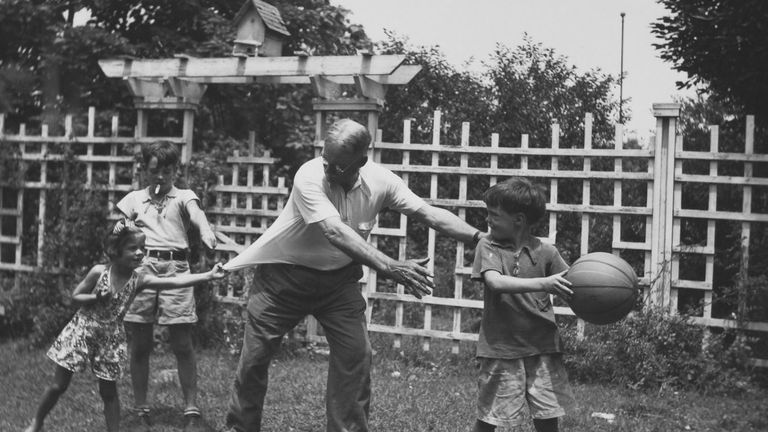
In a few years, the sport had started gaining recognition as an organized sport played by university students who were at the time, majorly white.
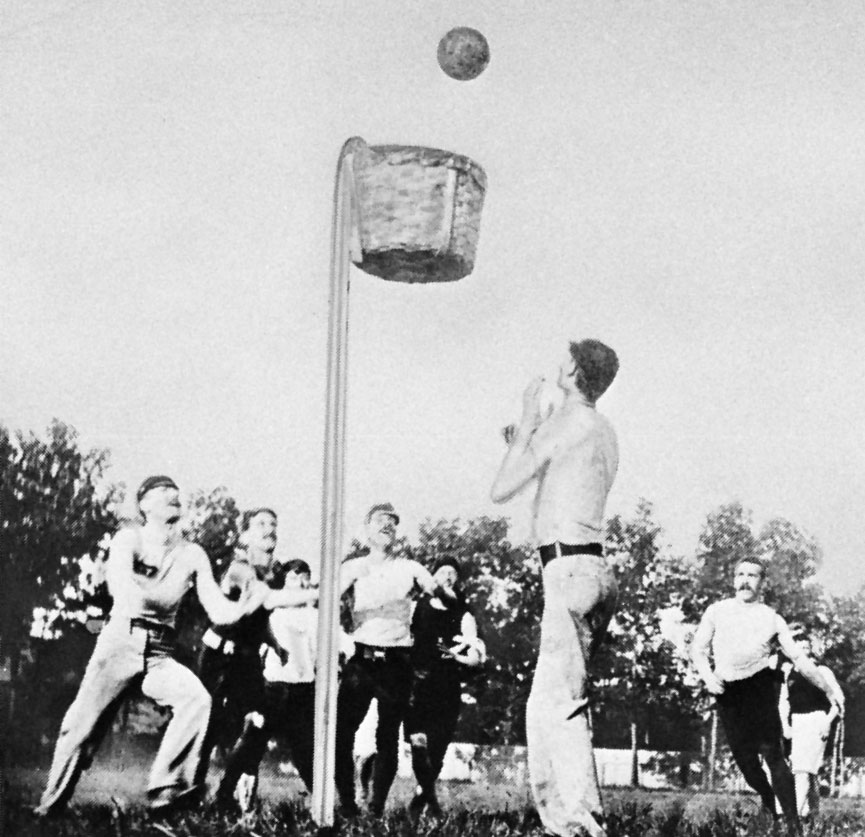
However, it did not take too long before the status quo began to shift.
Post-Civil War America
The level of freedom associated with this era made way for ordinary black people in inner-cities across America to play basketball as a sport of their own. It was a whole different vibe from it’s early origins.
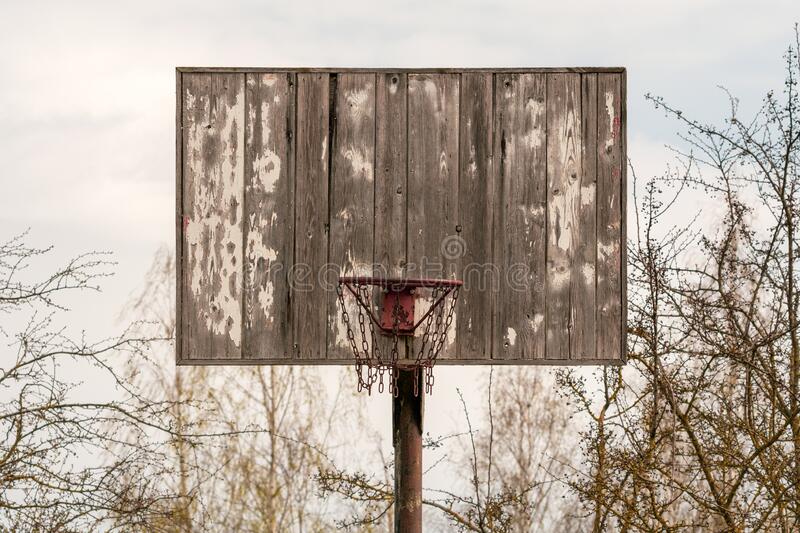
Rusted metal rims with chain nets covered in broken glasses, rather than the peach baskets of the years before had become a norm if you took a walk around the ghettos where the black community resided. The game had taken a whole new dimension and the meaning it held to a lot of black people in America was now deeper than what it was actually meant for.
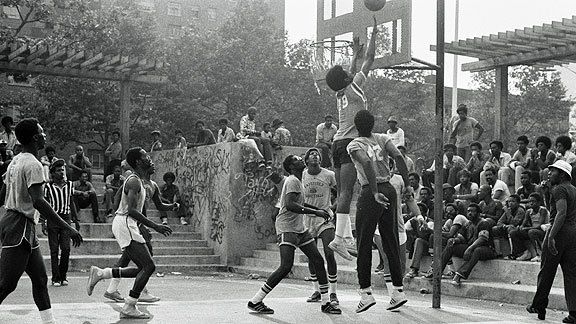
This new demography of players invented the game just as much as Naismith ever did. If you’re a soccer fan, Basketball is – to a significant part of the United States – what soccer is to Brazil.
Today, like jazz music and rap, or fashion, it has become one of the most significant modes of cultural expression for black people in America; whether it be a young amateur player on street courts or a more established one playing in the highest echelons of professional the game.
The earliest known record of blacks playing organized Basketball in large groups was, just like their white counterparts, at college. Hence, the Central Interscholastic Athletic Association became the first black affiliated organized Basketball body in 1916 when nine educators, coaches and faculty members from Howard, Shaw, Hampton Institute, Virginia Union and Lincoln universities put heads together to form a league of their own.
Championship after championship, it was in these organized black competitions, as well as the amateur games on street courts that black people really began to leave their footprints and imprints on American basketball.
The NBA era
The National Basketball Association (NBA) was founded in 1946, but African-American players did not participate until about four years later, in the 1950 season, when the Boston Celtics made Chuck Cooper the first black player in history to get drafted.

Harold Hunter was snapped up by the Washington Capitols on April 26, 1950, making him the first African-American player to sign a professional deal with a team in the NBA.
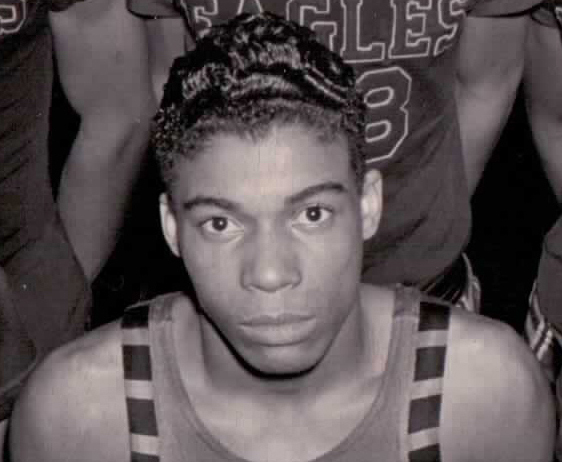
But that was how far it went for Hunter, as his inability to break into the team’s system meant he had to be taken off the roaster during a training camp.
During the same year, Nathaniel Clifton became the second black player to sign for a team in the NBA, but for some reason, Sweetwater – as he was fondly known – did not play.
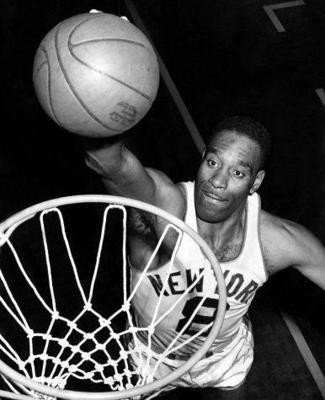
The wait for a player from the black community to play professionally continued, but for only a few months more, as Earl Lloyd finally broke the jinx when turning out for Washington Capitols aged just 21.
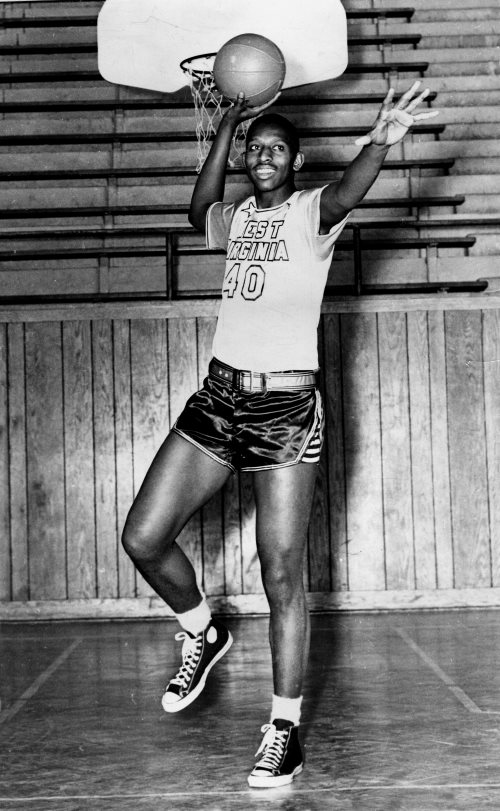
It did not end here. Hank DeZonie also took the initiative and played for the Tri-Cities Blackhawks (present-day Atlanta Hawks) that year.
Three years later, an African-American named Don Barksdale broke into the prestigious NBA All-Star Game at the end of a successful campaign in 1953.
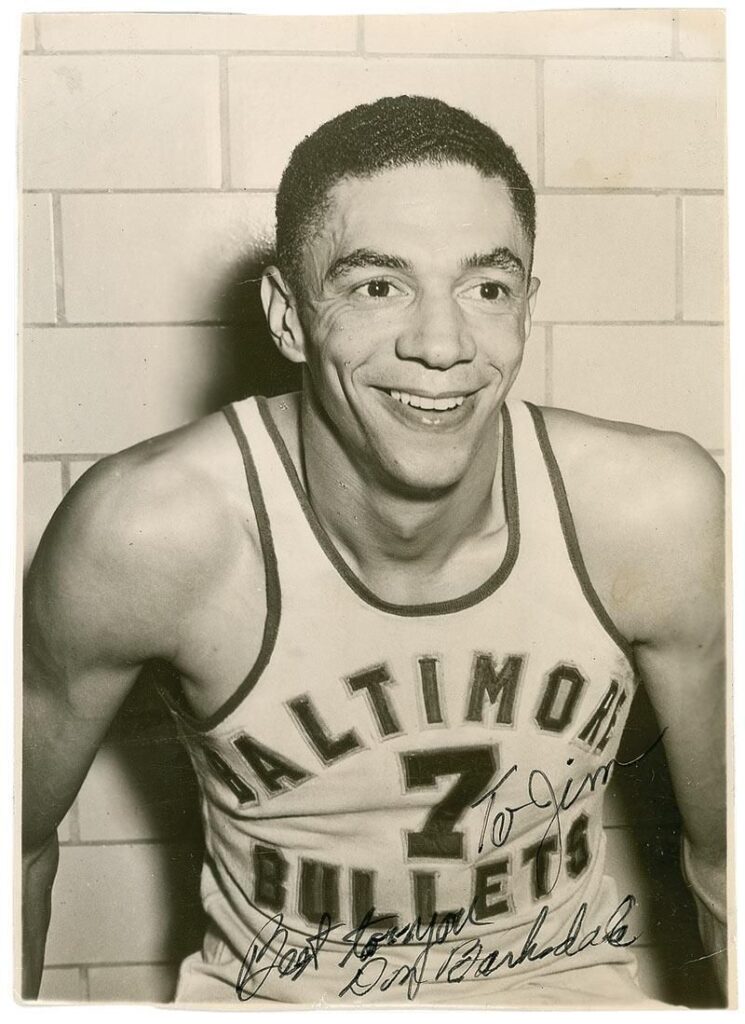
Something new was obviously brewing, but I don’t think anybody at the time, regardless their ethnic or racial biases, quite understood it. The direction the NBA was headed, considering it was coming from, must have been too overwhelmingly drastic for any basketball fan, enthusiast or pundit in America during this era to totally understand.
By the turn of the 1960s, despite being limited by an unofficial rule that allowed only four black players per team, African-American players had built a much stronger reputation within the NBA, and this presence gradually started influencing how the game was being played. The sheer power of these players saw games being played at a quicker pace and above the rim.
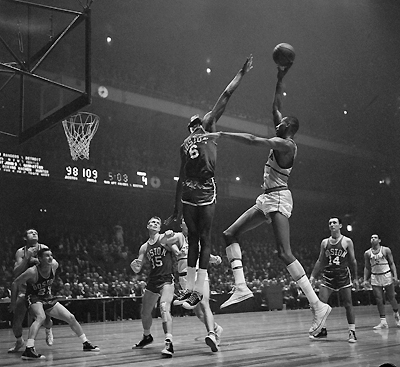
You don’t even have to witness it firsthand to know it must have been a lot more thrilling to watch for the fans.
Facts and records
Throughout it’s 75-year history, the NBA has seen various changes, at different points in time, in the racial and ethnic compositions of its players.
As at the time of writing this piece, the league boasts the largest population of black players among all other professional sports within the borders if the United States and Canada.
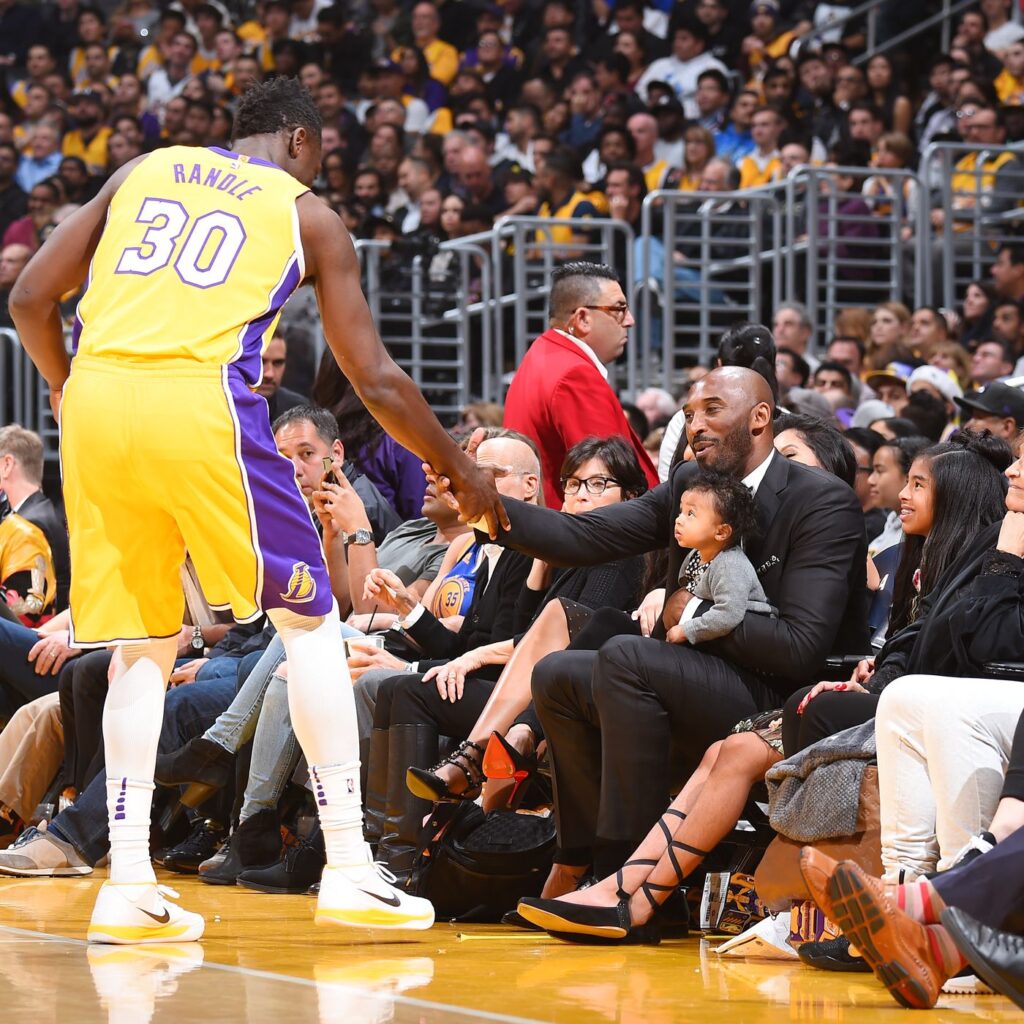
An annual report compiled by Richard Lapchick and the Institute for Diversity and Ethics in Sport (TIDES) of the University of Central Florida in 2011 confirmed the number of white players in the NBA had dropped to 17 percent. The lowest it had been since records started being documented in 1990.
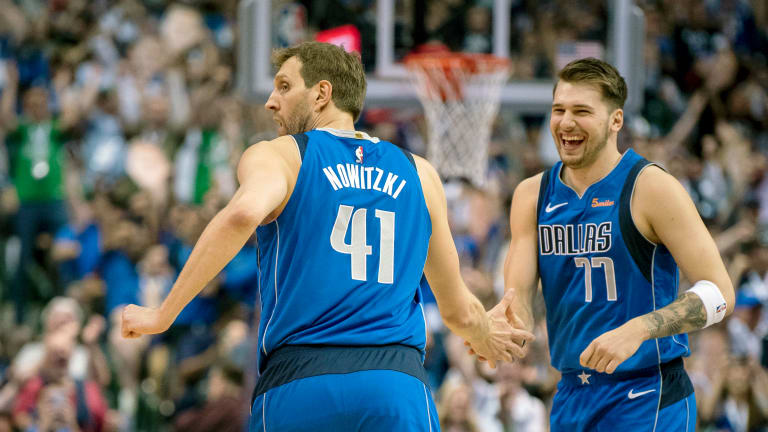
Currently in 2021, there is an influx of white talent, especially from Eastern Europe, but there has not been a true legend of the game from the white community in America since legendary Boston Celtics forward and Hall of Famer Larry Bird, whose retirement in 1992 was met by a hilariously comment from archrival Michael Jordan saying “thank goodness you’re retiring Larry Bird, I’m tired of seeing your face.”
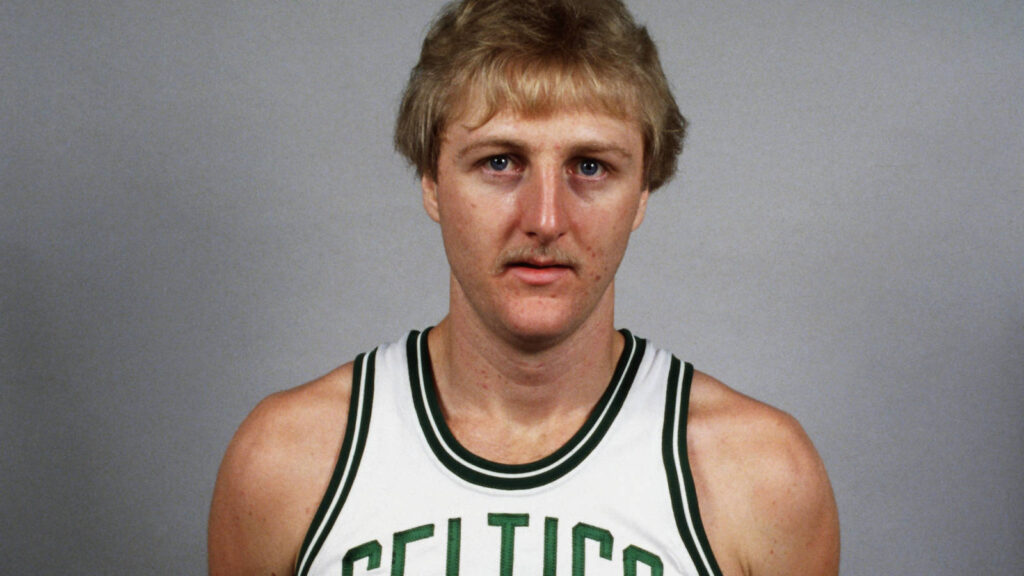
“And if you just had a couple of white guys in there, you might get them (the fans) a little excited. But it is a black man’s game, and it will be forever. I mean, the greatest athletes in the world are African-American,” exclaimed Bird during his time as president of basketball operations for his local team, the Indiana Pacers in 2004.
In 2020, Richard Lapchick, a racial equality activist, classified NBA players as being 74.2 percent black, 16.9 percent white, 2.2 percent Latino, 0.4 percent Asian, with an additional 6.6 percent identifying as “other” races.
“If 80 percent of the league is black, that means that black players are better than white players. The black players are superior. No doubt,” Orlando Magic center Rony Seikley once said.
A 1997 poll conducted by Sports Illustrated saw 34 percent of white people agree that “African-American players have become so dominant in sports like football and basketball that many white athletes feel they can’t compete at the same level.”
I totally understand Bird’s suggestion from a fan’s perspective, but most of us can’t help subconsciously thinking about a big black guy making powerful bursts around the court, whenever the NBA comes to mind. Black players are simply on a different level and this has not happened overnight.
This means more
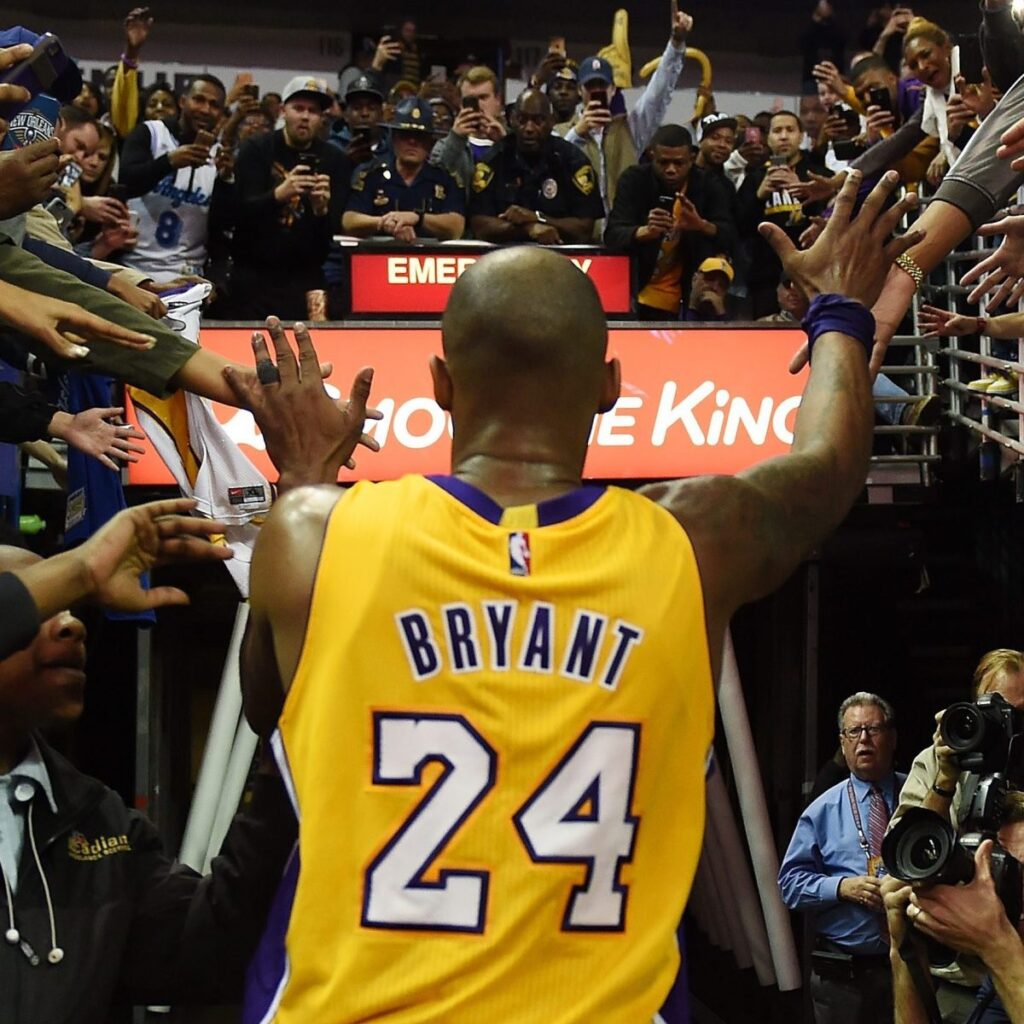
Long before any dreams of millionaire deals or endorsements, black players who have come through the inner-cities where basketball means much more than winning and losing are often simply hungrier than their white counterparts from the suburbs and therefore often make it farther in the game. This is what defines the physical, high tempo brand of basketball as we know it today.
A game created by a white man some 130 years ago has made it possible for black kids to go from the harsh realities of ghetto living, to becoming role models. These individuals have defined a whole generation by creating a public image as a symbol of grace and black excellence.
In another world, this might never be the case, but that’s why we love this game!

